1913-1918 Dräger Selbstretter Tübben
Mass Produced Pendulum Rebreather
On this page you will be introduced to the first mass-produced oxygen rebreather. The Dräger Selbstretter Tübben was developed in 1913 through a collaboration between Dr. Bernhard Dräger and Dr. Ludwig Tübben. Tübben worked as a geoscientist at the University of Berlin. The Tübben rebreather was one of the first oxygen rebreather systems with pendulum breathing system. The system was further developed in 1914 and used on a large scale during the First World War. The terrible period 1914-1918 cost millions of lives. At that time poison gas was used on a large scale. Mustard gas, also called Yperite after the Belgian city of the same name, was used on a large scale during the war, mainly by German troops. The Allies also used the gas on a large scale.
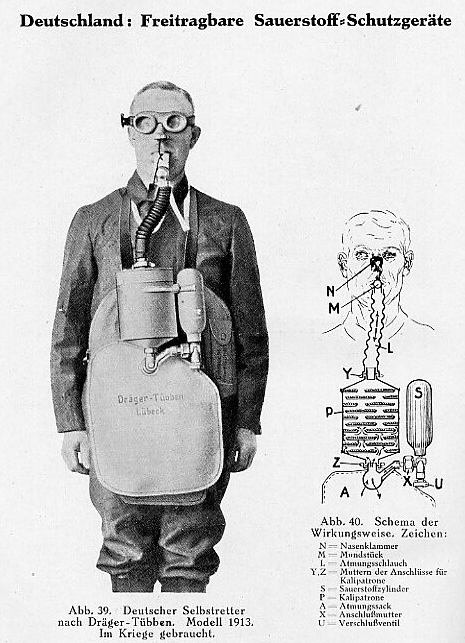
The respirator was fully lung-powered. The in fact very simple device of about 3.8 – 4.5 kg consisted of a counter lung, a scrubber with sodium and potassium oxide provided protection for 45 minutes.
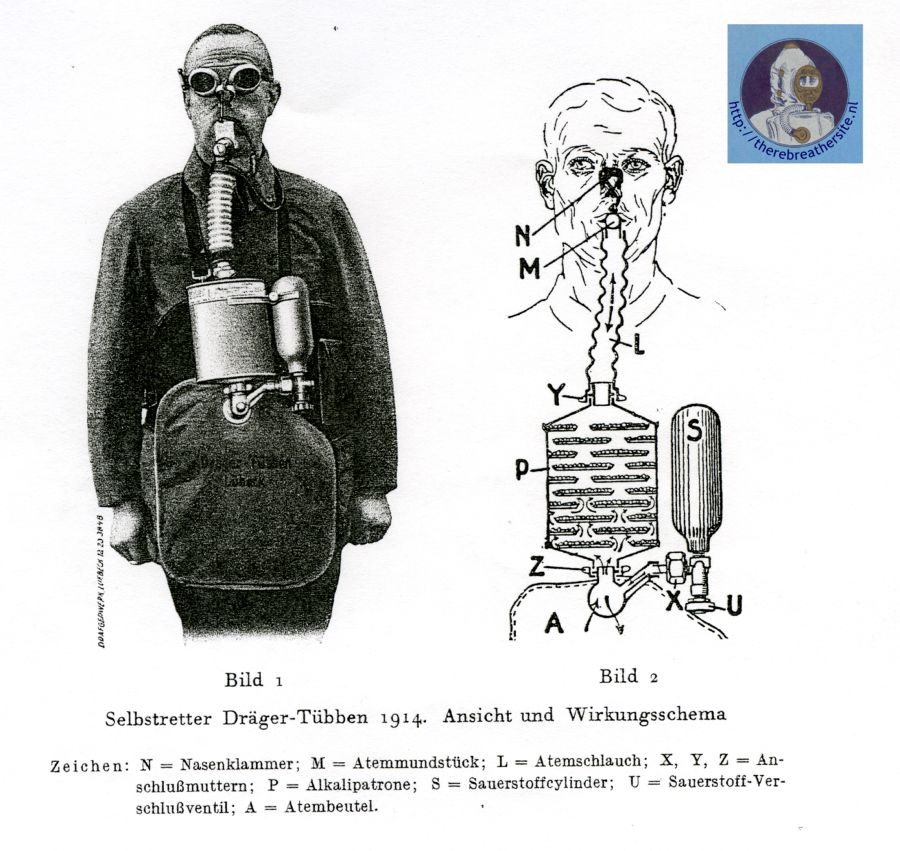
| N | M | L | X,Y,Z | P | S | U | A |
| Noseclip | Mouthpiece | Breathinghose | Connecting screws | Scrubber | Oxygen cylinder | Tap | Counterlung |
Approximately 100,000 Selbstretter Tübben were produced. In France the model was copied and was given the name Appareil Respiratoire Draeger. The French model was equipped with a longer slender bottle that originally pointed downwards, but was later turned over because the soldiers in the trenches were bothered by the bottle protruding downwards.

The model was produced by Draeger in a version worn on the hip and a version worn on the chest. The hip model was called S-type and the chest model B-type.
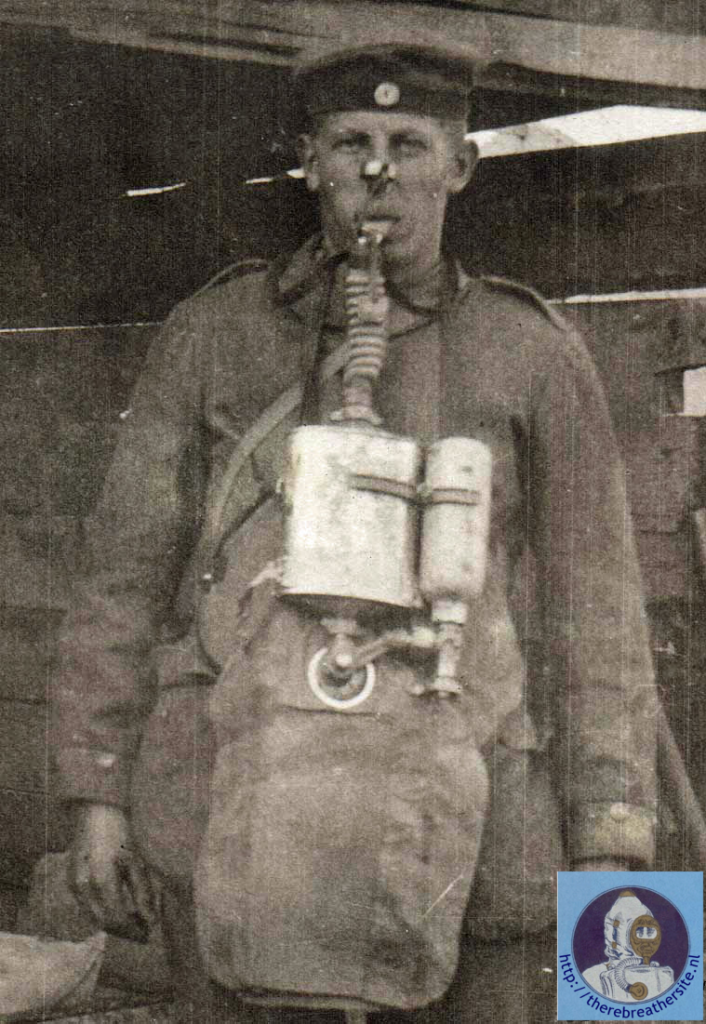
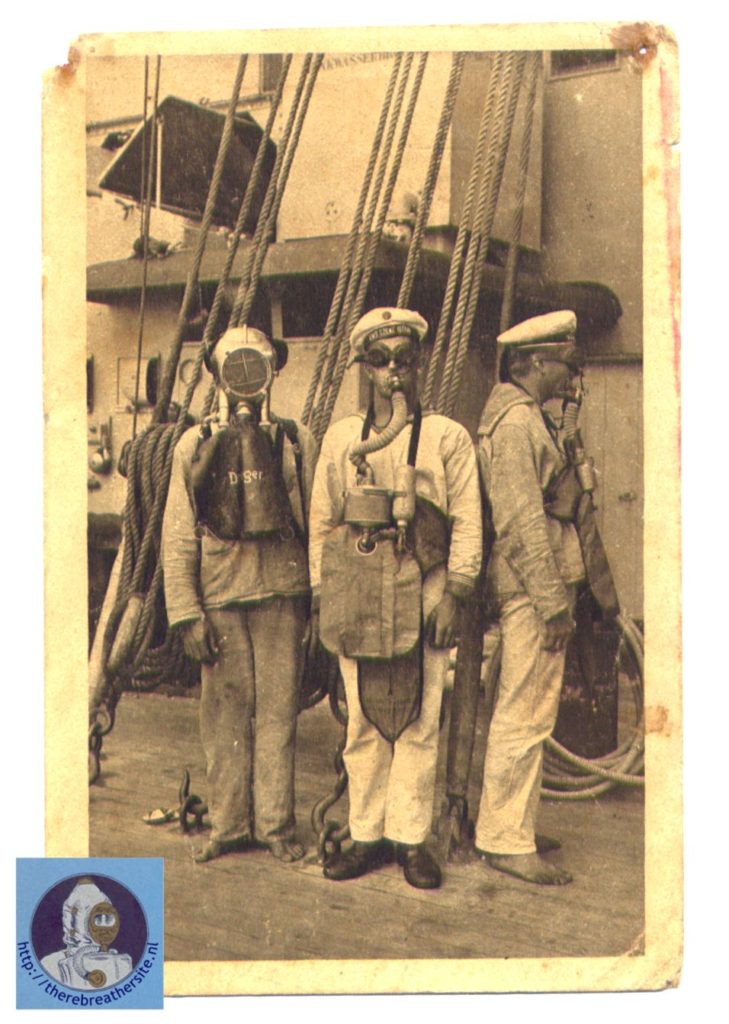
The principle of pendulum breathing had the advantage that the system worked without valves and that the breathing gas passes through the scrubber twice. Disadvantage is that this made the gas heat up more strongly.
Later this unit evolved into the HSS-gerät. HSS stands for Heeres Sauerstoff Schutz gerät.
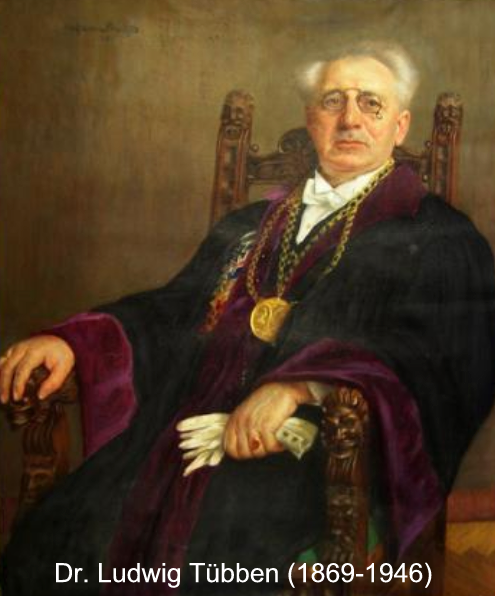
Ludwig Tübben studied at the ‘Bergakademie in Berlin, passed the Referendar Examination on March 28, 1894 and the Assessor Examination on
October 12, 1898, and in 1898 he became Bergassessor in the Oberbergamts district of Dortmund.
In 1899 he received his doctorate in Erlangen with a thesis on “Stringocephalic limestone of Philippstein and the ore deposits occurring in connection with it”.
From 1902 to 1905 he worked as a mining inspector at the Friedrichsthal Mining Inspectorate in the Saar region and from 1905 to 1910 as a mining master and district officer in the Magdeburg mining district.
From April 1, 1910 to September 30, 1916, Ludwig Tübben taught as a full professor of mining science and design of mines at the Bergakademie zu Berlin (in 1916 the Bergakademie zu Berlin was incorporated into the Königliche Technische Hochschule zu Berlin).
From October 1, 1916, until his retirement on March 31, 1935, Ludwig Tübben was full professor of mechanical mining engineering and head of the Mining Laboratory and rock drill rig in the Department of Mining and Mineral Processing in Department VI for Mining (from 1922 Faculty IV for Materials Management, Mining Department and from 1934 Faculty IV for Mining and Metallurgy) at the Royal Institute of Technology in Berlin (from 1919 Technical University of Berlin).
After his retirement he continued his teaching activities until 1945.
Dr Tübben passed away in 1946.

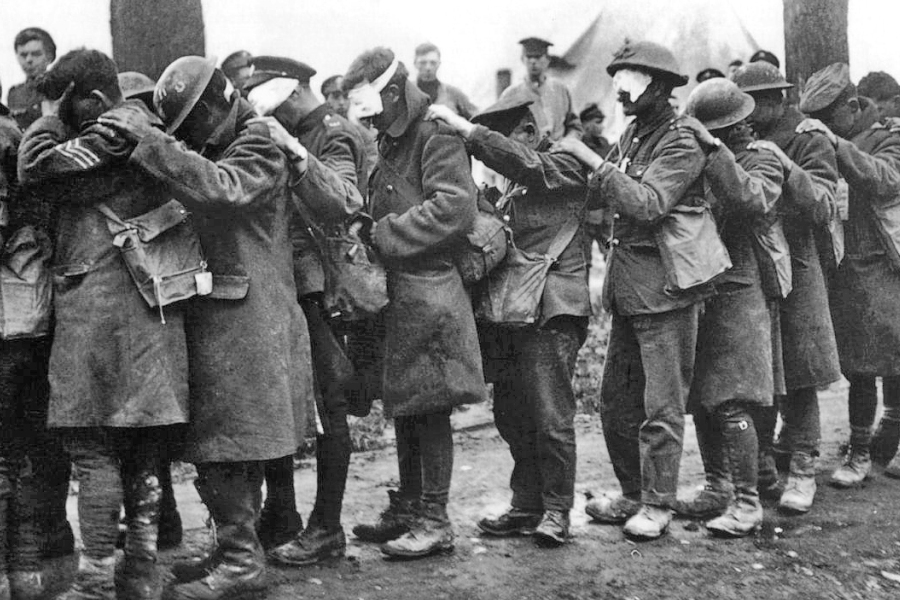
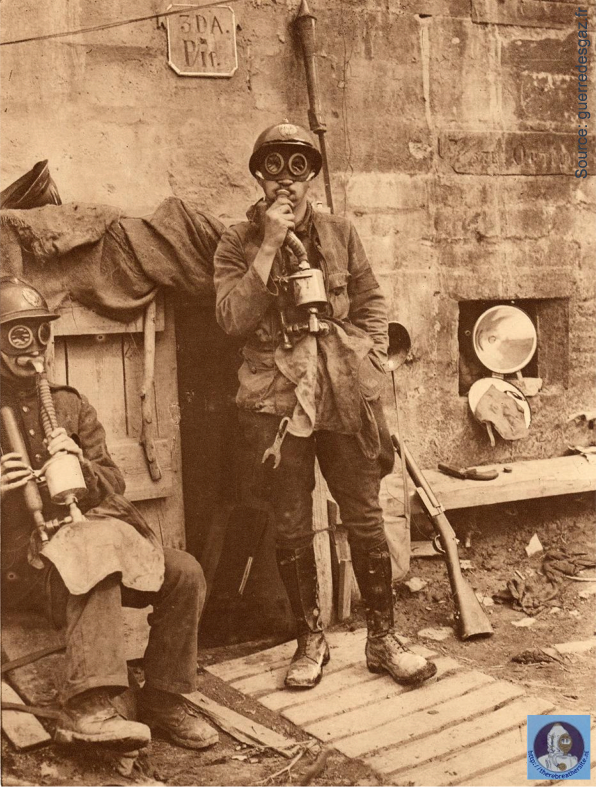
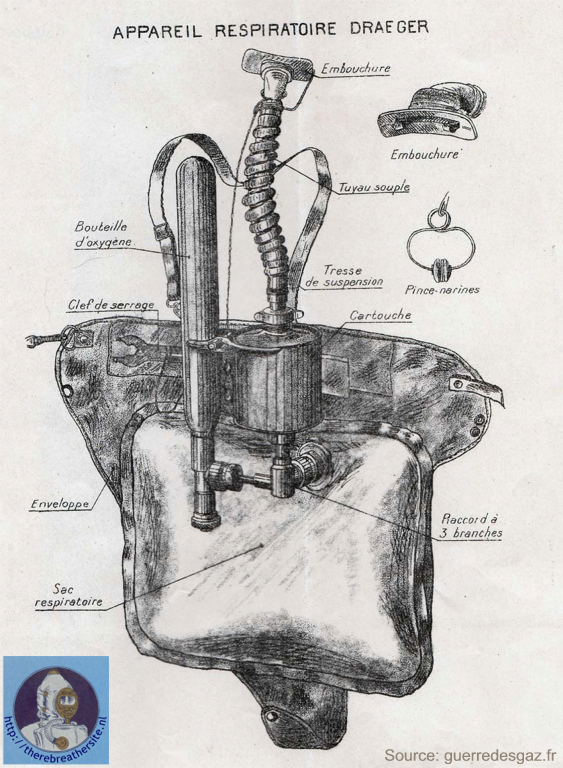
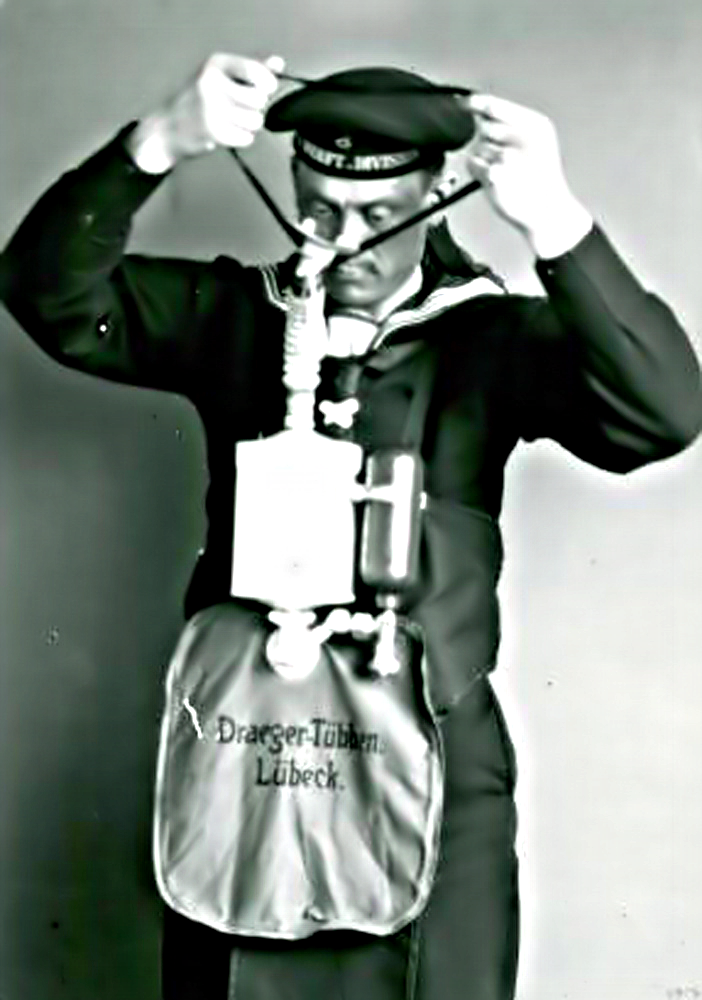
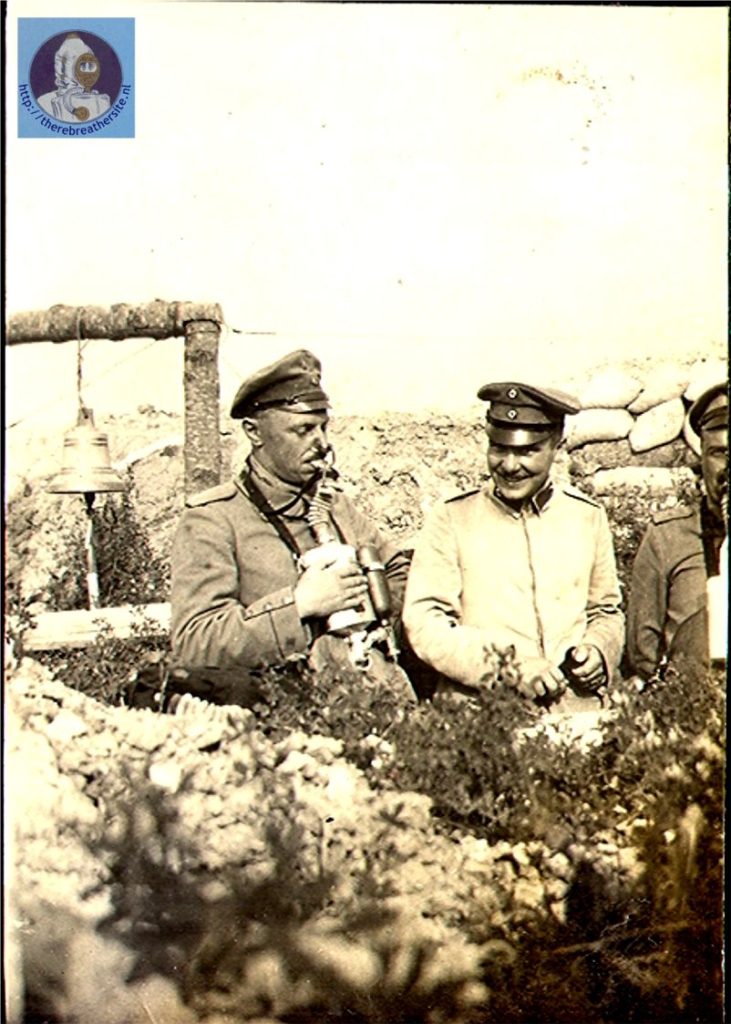
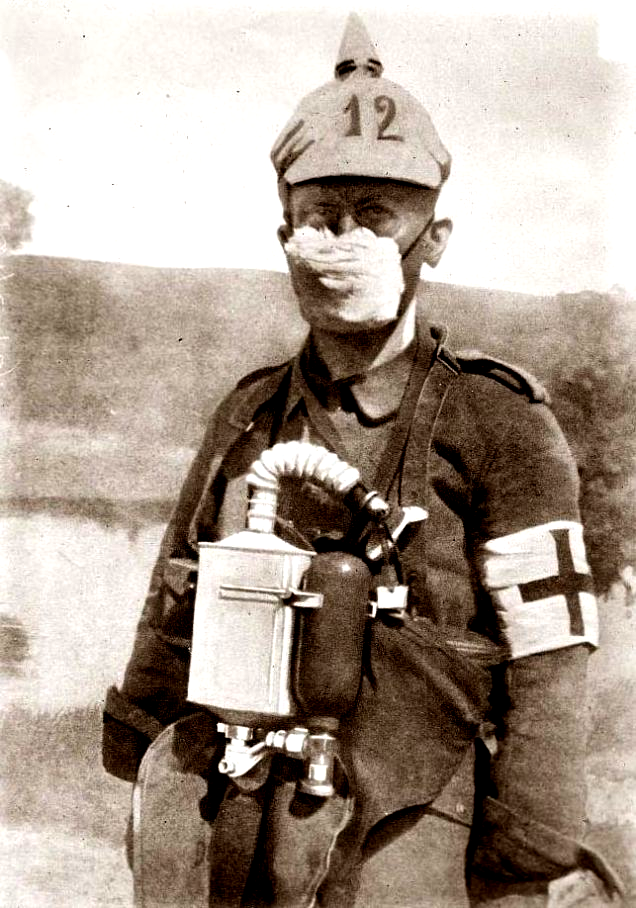
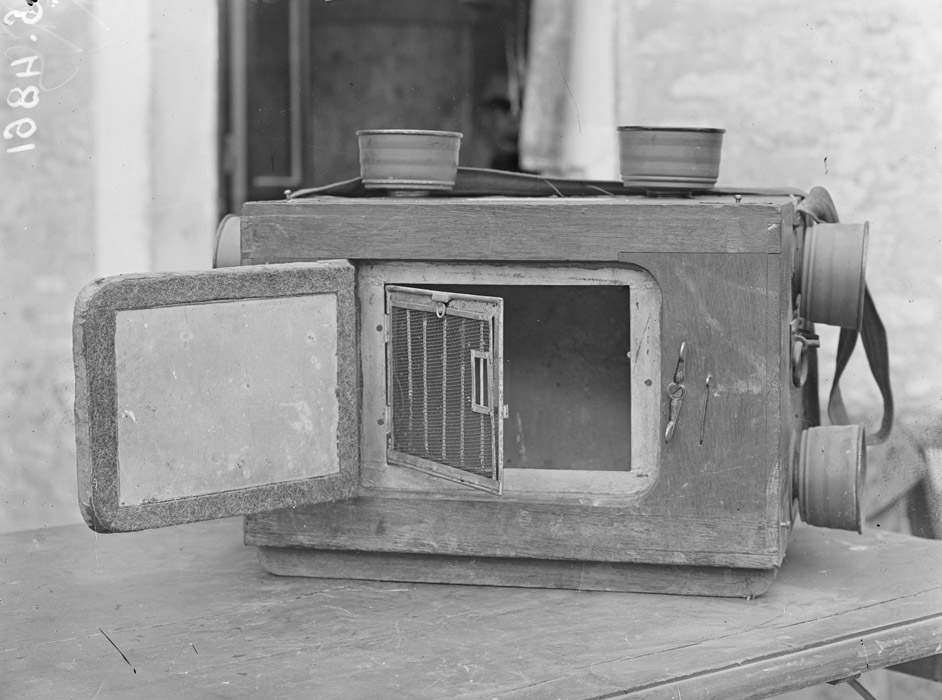
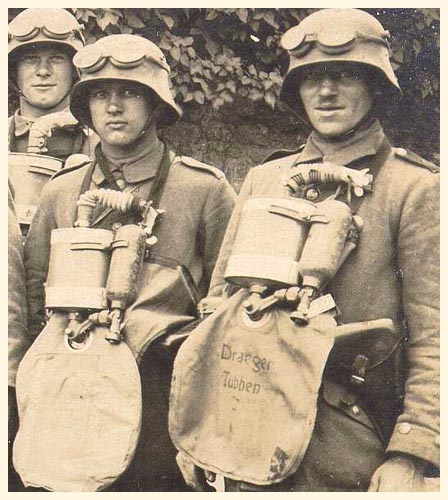
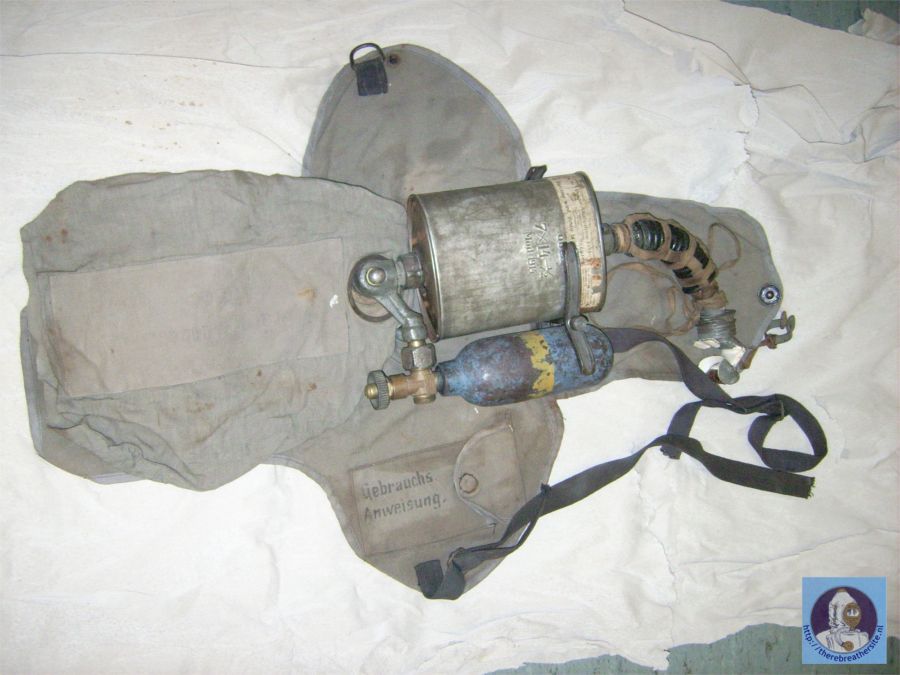

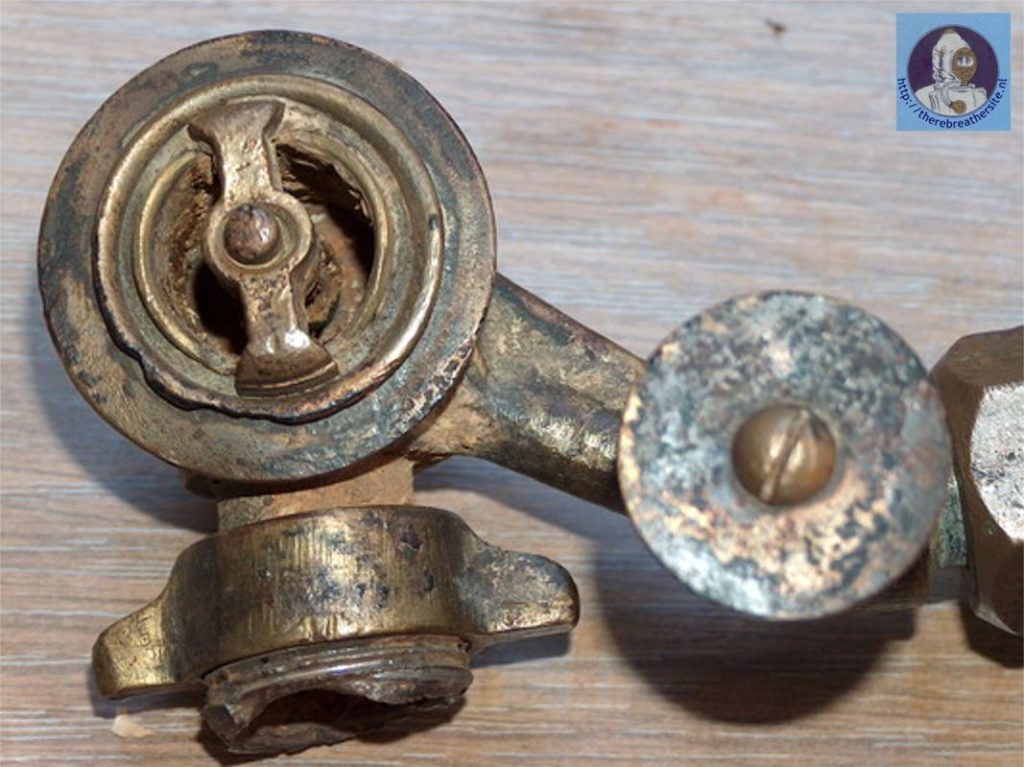
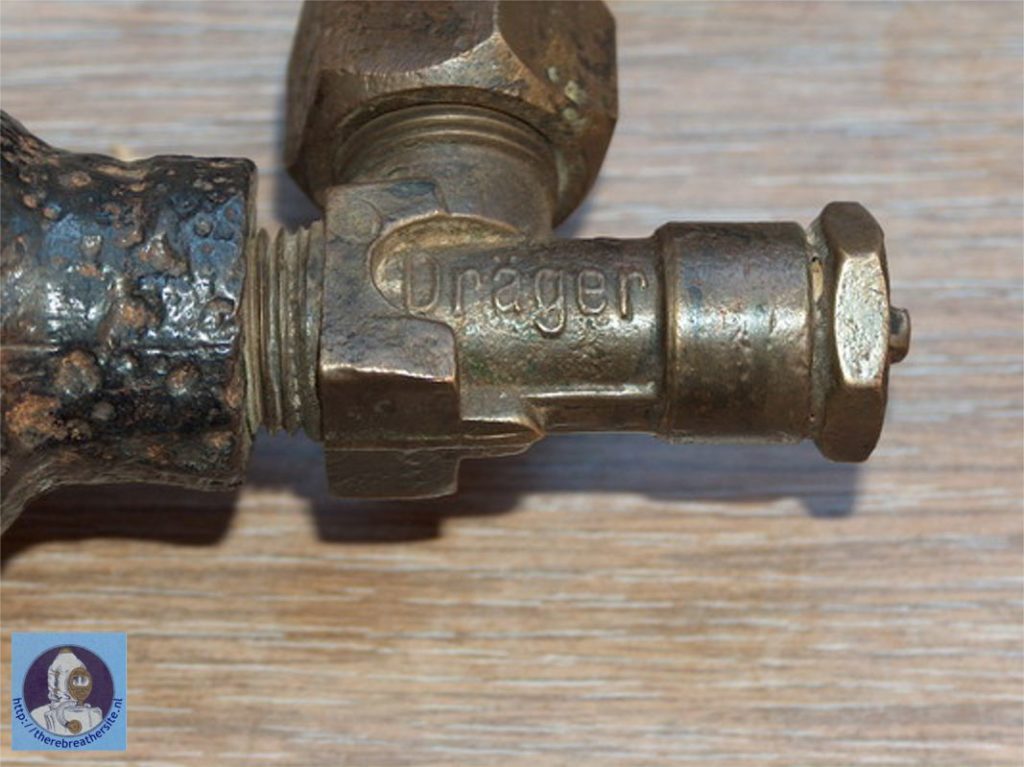
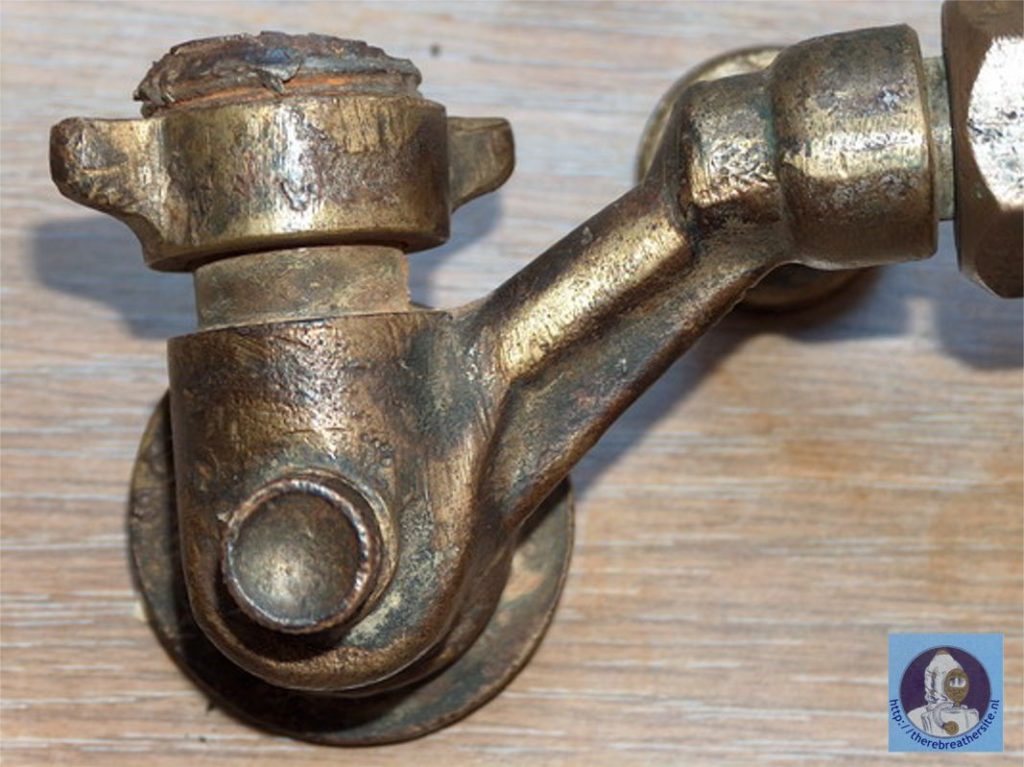
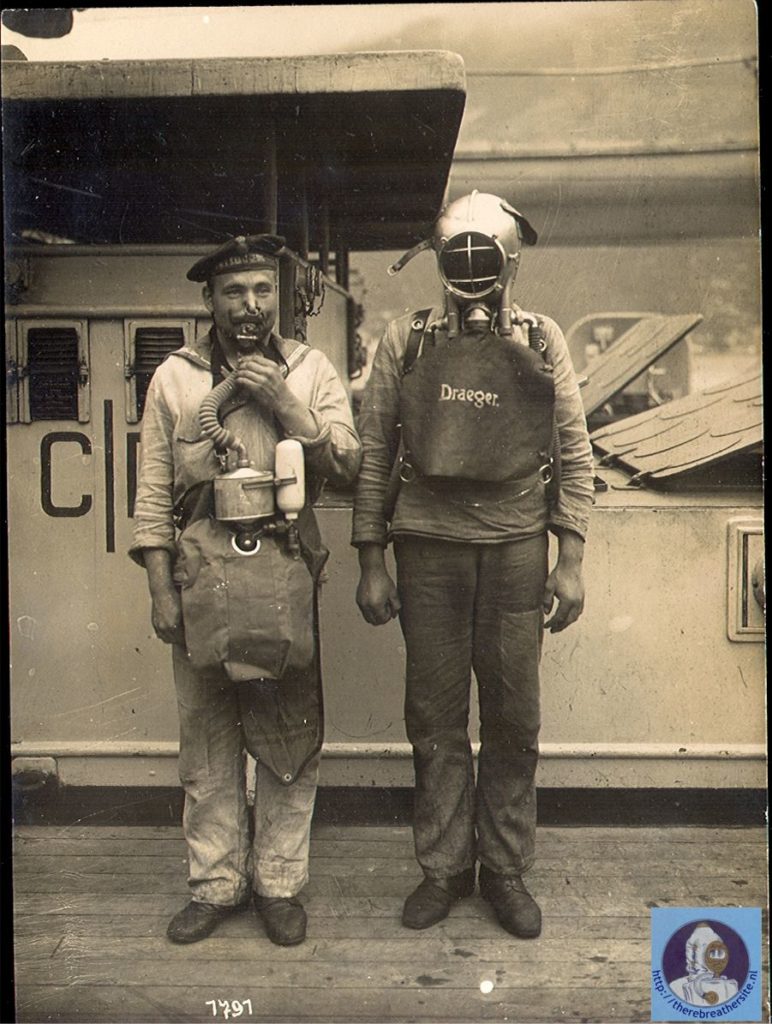
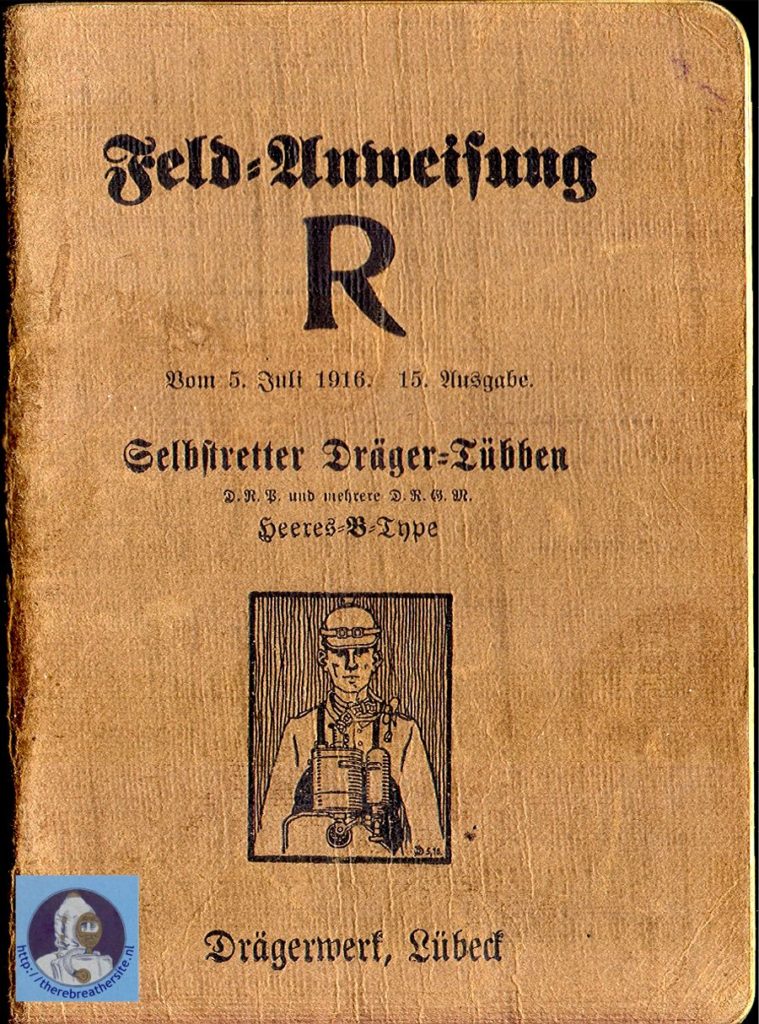
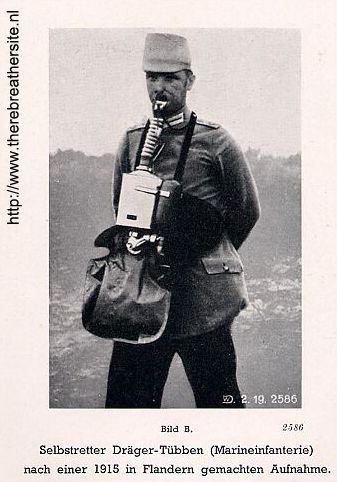

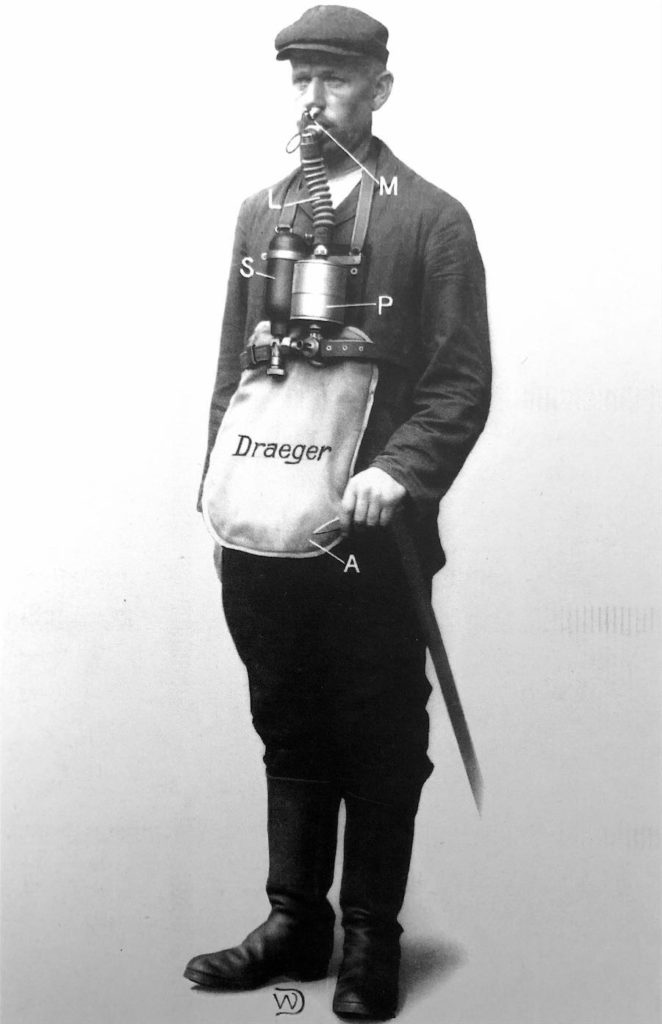
Picture above: Courtesy Dräger from geschichte Gustav Blume 1889-1936
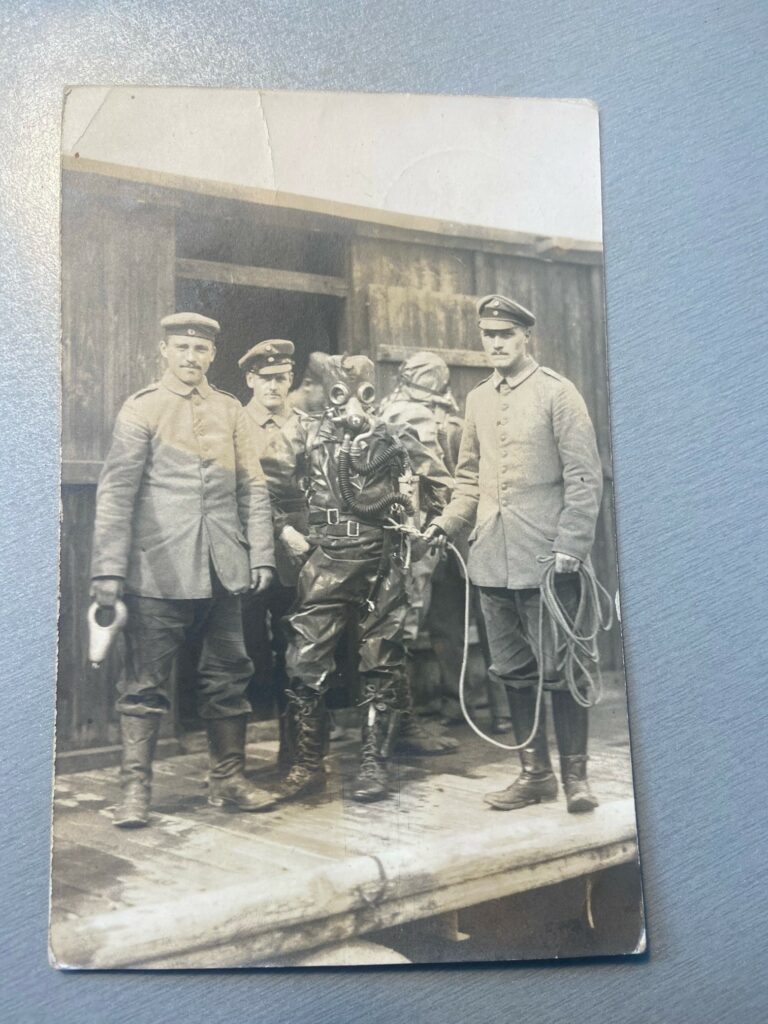

Therebreathersite was founded by Jan Willem Bech in 1999. After a diving career of many years, he decided to start technical diving in 1999. He immediately noticed that at that time there was almost no website that contained the history of closed breathing systems. The start for the website led to a huge collection that offered about 1,300 pages of information until 2019. In 2019, a fresh start was made with the website now freely available online for everyone. Therebreathersite is a source of information for divers, researchers, technicians and students. I hope you enjoy browsing the content!




